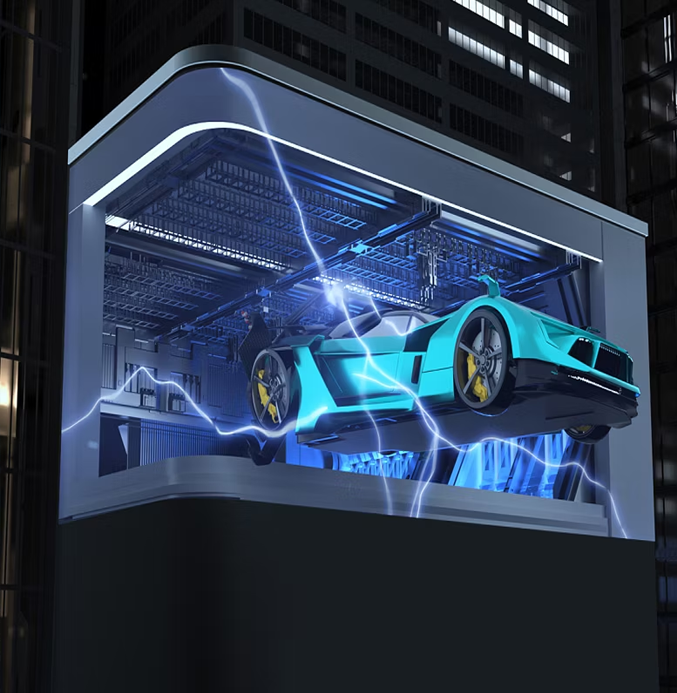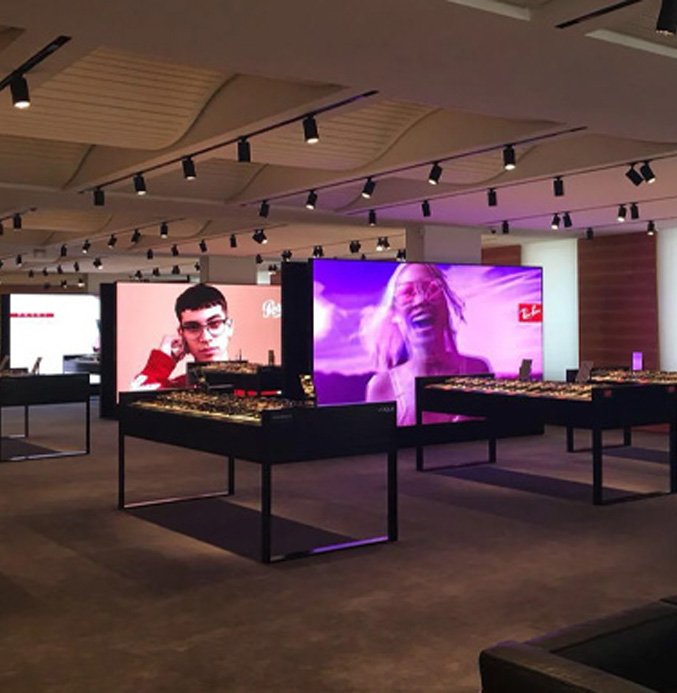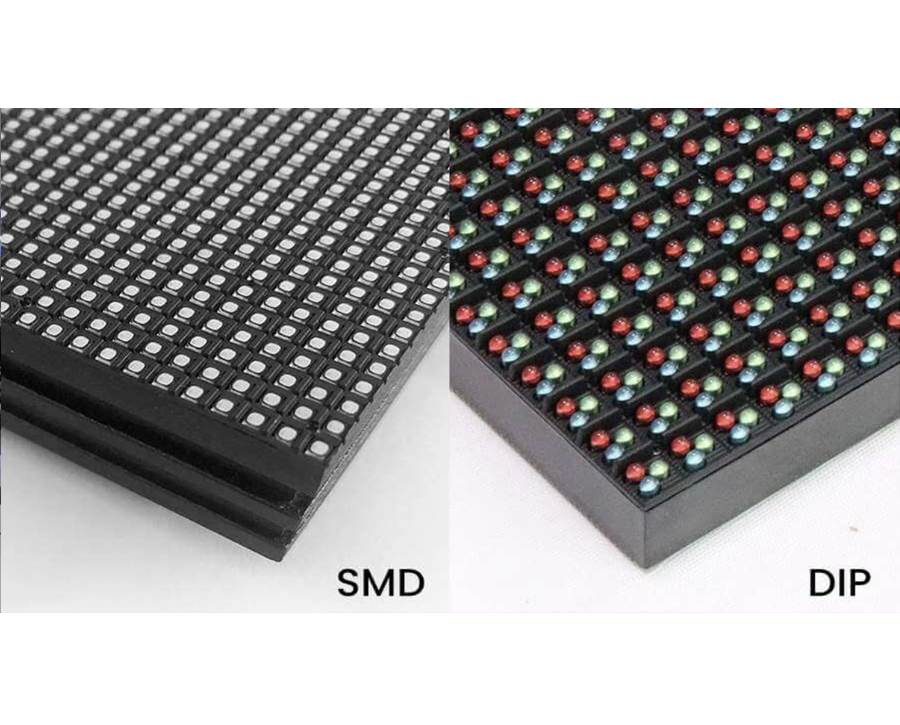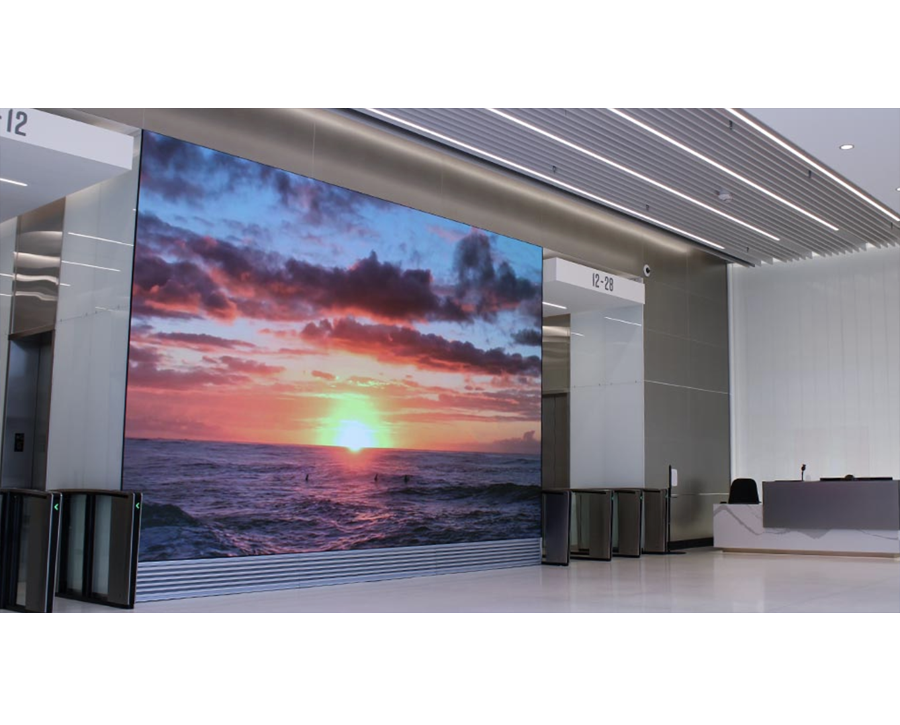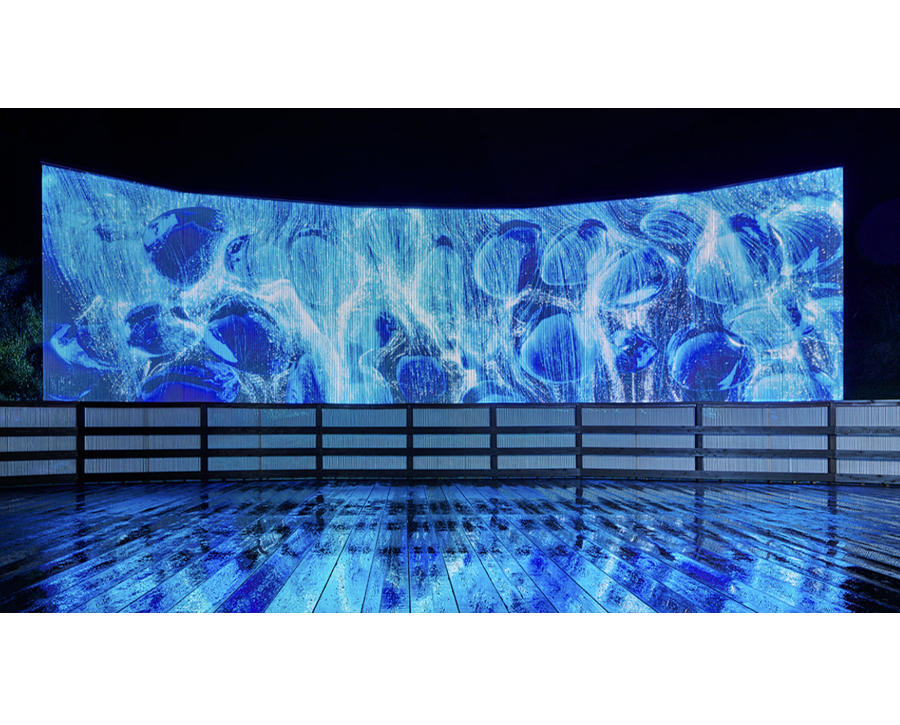
You have probably seen SMD LEDs used in lighting systems and electronic and digital displays. What gives SMD LEDs their widespread success? In this article you will discover all aspects of SMD LEDs starting with the specifics of their manufacturing(HS/RS/Kinglight/Nationstar).
What Are SMD LEDs?
Surface-Mount Device Light Emitting Diodes take the name SMD LEDs. You will find these small compact lights attached directly to circuit boards. Their construction removes wire connections to produce enhanced performance.
The structure hosts a semiconductor chip protected inside a plastic shell. The special LED design sends high brightness light that requires low power. SMD LEDs serve various applications thanks to their long life and brightness performance with color variations.
Why Choose SMD LEDs Over Traditional LED Types
SMD LEDs bring better performance than traditional LED types in our product design
Traditional LEDs perform better when SMD LEDs replace them. Their reduced size works well with screens found in thin devices. These components deliver more powerful output with reduced energy usage.
SMD LEDs differ from older LED models because they can create different colored light output for various applications. These lights last a long time which reduces your need to buy new ones. Their small size and flexibility make them perfect for many uses including electronic displays and automotive segments.
Compact Size
SMD LEDs let manufacturers make smaller products because these LEDs are designed to be smaller than regular LEDs. The small size of SMD LEDs gives product designers freedom to use them in limited space environments.
Improved Efficiency
SMD LEDs deliver strong output with less energy needed to run them. They use available energy better than traditional LEDs while creating less heat which signifies superior energy efficiency.
Better Heat Management
SMD LEDs enable exceptional heat regulation to make them last longer. The technology provides better performance under tough environmental conditions without needing frequent replacements.
Higher Brightness
SMD LEDs deliver stronger lumens that work well across various applications from backlighting and transportation lighting to screen displays inside or outside.
Enhanced Durability
SMD LEDs stand up better than traditional LEDs to physical shocks and vibrations so they work perfectly in demanding industries including car making, mechanical production, and outdoor lighting.
Flexibility in Design
Because of their small size and adaptable design SMD LEDs enable engineers to build intricate lighting arrays that let users craft special displays or decorations.
Lower Manufacturing Costs
SMD LEDs enable automated production lines to assemble these lights cheaply rather than needing manual labor to set up traditional LED types.
Different Types Of SMD LEDs
People can find different SMD LED versions that work well in particular applications. Here are some popular ones:
- 3528 SMD LED
The 3528 SMD LED has a tiny size at 3.5mm x 2.8mm. SMD LEDs are best for common lighting setups on cabinets and decorative lighting fixtures. This type of LED operates at low power while producing just one color.
- 5050 SMD LED
The type 5mm x 5mm SMD LED has multiple lighting capabilities including RGB and outputs brighter light than other types. Many install it for decorative lighting and SMD LED video screens. The 5050 LED delivers brighter light performance than 3528 models.
- 1212 SMD LED
It is mainly used in indoor small-pitch display occasions, such as P1.25, P1.53, P1.67, P1.86, with clearer effect.
- 1515 SMD LED
The 1515 type saves energy and creates clear intense light output. Lighting professionals choose it for both home and office settings because it delivers more light.
- 2020 SMD LED
Small in size and low power consumption makes the 2020 SMD LED perfect for display backlight technology. The tiny size of this LED helps thin devices fit it comfortably.
- 1415 SMD LED
This LED type delivers best results with high-definition display screens. These LED units appear regularly in digital advertising boards and outdoor signage displays. The 1415 millimeter pixel pitch displays sharp images in outdoor environments (p2/p2.5 modules).
- 1921 SMD LED
The 1921 SMD LED configuration measures 1.9mm by 2.1mm while delivering strong performance for heavy-duty applications. The LED technology finds regular use in both outdoor displays and industrial lighting projects like outdoor SMD LED display systems(p2.98, p3.91, p4.81).
- 2727 SMD LED
Generally used for outdoor P6, P6.67, with proper spacing, cost-effective, and brightness can reach 5000-6000nits.
- 3535 SMD LED
Generally used for outdoor P8, P10 and similar display pixels.
Applications Of SMD LEDs
SMD LEDs help many industries because they can work in different settings. Here are their main applications:
- Backlighting
SMD LEDs enable backlighting in flat screen LCD screens across various digital products including TVs, televisions , phones and PCs. Their very small size helps engineers design thin products that look modern.
- Automotive Lighting
SMD LEDs serve as lighting components in all of an automotive’s front and rear fixtures plus its internal and dashboard displays. SMD LEDs stand out because they stay strong while giving off bright light with small amounts of power. These features fit perfectly into vehicle lighting systems.
- Display Screens
SMD LEDs power big screen displays including LED billboards, digital signage and video walls. They bring strong colorful display and design flexibility which suits well in these specific usages.
- Lighting Fixtures
SMD LEDs provide unique lighting solutions to downlights and spotlights while the ceiling and floodlight market demands these advanced LEDs. Lighting systems use these LEDs due to their energy-saving design and high brightness delivery in small packages. People and businesses use them for home and professional lighting setups.
- Indicators and Signals
SMD LEDs serve as status lights on many electronic devices and equipment panels across multiple product categories. Sealed LED units from SMD technology fit smoothly into devices because they occupy minimal space.
- TVs and Monitors
SMD LEDs help flat-panel TVs and computer monitors create uniform brightness along their edges because these LEDs work efficiently to save space. The displays become both thinner and use less energy with this technology.
- Consumer Electronics
SMD LEDs power numerous electronic products that people use daily such as alarms, clocks, TV remote controls, cameras and small handheld devices. They match well in tiny devices because they need very little electricity.
- Architectural Lighting
You will find SMD LEDs employed in architectural lighting projects for accent lighting layouts while the same technology enhances decorative effects with strip lighting and façade installations. They adapt well to different setups and come in many colors to let designers craft novel illumination routines.
How To Choose The Right SMD LED For Your Project
When selecting an SMD LED, consider these factors:
- Brightness
Make sure the LED output reaches your brightness needs. Advertising screens that show SMD content need LED lights that produce extreme brightness.
- Power Consumption
Pick an LED light option that needs less energy. An SMD vs COB contrast project needs efficient components because energy use has strong importance here.
- Color Options
SMD LEDs serve as single-color devices or emit multiple colors of light. Select the LED based on the needs of your present project.
- Durability
You will need outdoor LEDs with weather-proof features when using products such as DIP LED modules.
- Pixel Pitch
When using LEDs for displays you need to select a pixel pitch that delivers high visual quality results. Digital displays assessments of SMD and DIP components emphasize pixel pitch in their results.
Conclusion
SMD LEDs drive fundamental changes in lighting systems and electronic devices. These lights take up little space while providing high performance and can handle different tasks. SMD LEDs show us a clear path toward lighting advancements. Take advantage of LED technology by making smart decisions with it.
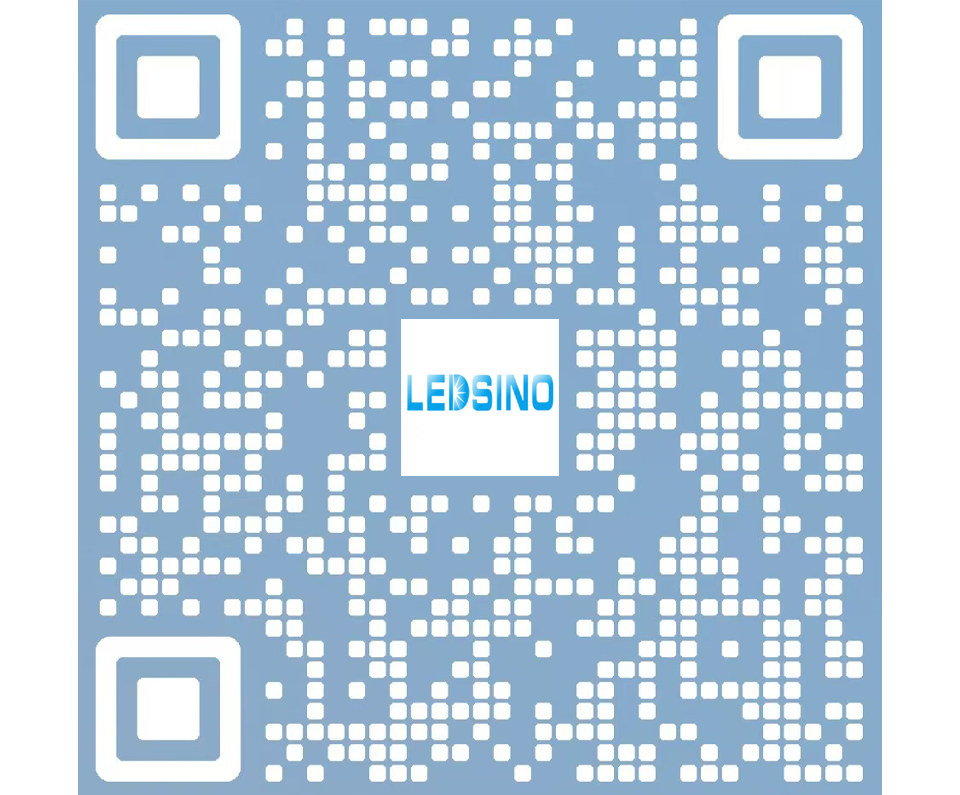
Enter the digital world with our advanced display technologies.

